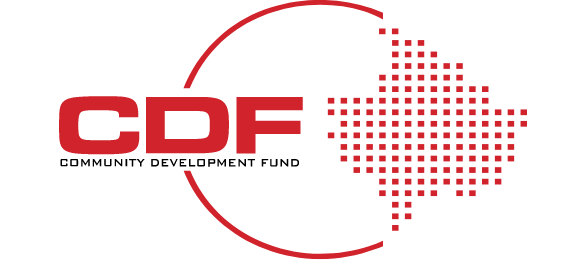In the intricate domain of Micro, Small, and Medium-sized Enterprises (MSMEs), the pursuit of ‘growth’ is often heralded as the ultimate objective. However, the term demands a more nuanced understanding. Growth is not merely an expansion in size; it is an elevation in operational capabilities, a pursuit of cost-efficiency, and above all, a strategy for scalable success. This guide aims to elucidate the multifaceted concept of scaling, offering your MSME a structured and actionable blueprint to navigate the complexities of business growth. Scaling is not merely about exponential growth; it’s about intelligent, calculated expansion.
The Imperative of Scalability
Before initiating the journey of scaling, it’s essential to comprehend its pivotal role within the MSME ecosystem. The essence of scaling lies in augmenting your revenue generation capabilities at a pace that outstrips the rate of cost increment.
Example: Consider a boutique bakery. Scaling does not necessarily imply multiplying outlets but may involve the refinement of supply chain processes to lower raw material costs or the deployment of targeted digital marketing strategies to tap into new customer segments.
Preliminary Analysis: Are You Ready to Scale?
Scaling commences with a rigorous appraisal of your current operational and financial standing. Key questions that merit contemplation include:
- Is your cash flow robust and reliable?
- Does market demand justify scaling efforts?
- Is your operational infrastructure equipped to manage growth?
Example: For an MSME in the software development sector, readiness could be characterized by a stable, recurring revenue stream and a compelling portfolio that showcases scalability features to potential clients.
Formulating a Scalability Strategy
The crafting of a scalability strategy is not a mere aggregation of objectives. It is a comprehensive, data-driven roadmap that amalgamates various facets of your enterprise, such as marketing, finance, and operations.
Example: For an e-commerce venture, the strategy might encompass geographic penetration, diversification of product offerings, and forging strategic alliances with businesses that complement your own. Each element should be buttressed by empirical data and market intelligence to ensure alignment with market demands and optimization of ROI.
Operational Efficiency
Operational efficiency is the cornerstone of any successful scaling endeavor. It transcends mere increases in production volumes or service hours. It mandates a reengineering of existing processes for streamlined functionality and optimized cost structures.
Example: The automation of invoicing processes can not only save time but also minimize human errors, thereby positively impacting cash flow. The same principles can be applied to inventory management, where real-time tracking can substantially reduce holding costs and prevent stock-out or overstock situations.
Financial Planning and Capital Management
Financial planning is not confined to revenue augmentation or capital infusion. It encapsulates a holistic understanding of your cost architecture, revenue streams, and financial requisites for scaling.
Example: The deployment of an Enterprise Resource Planning (ERP) system can offer real-time insights into various financial indicators, enabling more nuanced and informed decision-making processes.
Human Resources and Talent Management
The scaling process is incomplete without a competent and aligned workforce. Talent management becomes increasingly pivotal as the organization expands, often necessitating specialized roles that were previously non-existent.
Example: A cohesive talent management strategy would not only focus on recruitment but also on employee retention through career advancement programs, mentorship initiatives, and performance-linked incentives.
Technology: Your Scalability Catalyst
In today’s dynamic business milieu, technology acts as a catalyst for scaling. However, technology integration is not about indiscriminate adoption of the latest digital tools; it’s about making judicious choices that align with your strategic objectives.
Example: A well-implemented Customer Relationship Management (CRM) system can automate routine tasks and offer invaluable data-driven insights into customer behavior patterns, thereby facilitating personalized marketing endeavors and enhancing customer satisfaction and retention metrics.
Monitoring and Metrics
The significance of monitoring and Key Performance Indicators (KPIs) cannot be overstated. These are not optional but integral components of a successful scaling strategy.
Example: For an e-commerce enterprise, critical KPIs might include Customer Acquisition Cost (CAC), Customer Lifetime Value (CLV), and the Net Promoter Score (NPS). These metrics offer invaluable insights into customer acquisition and retention efficiency, as well as overall customer satisfaction.
Iterate and Optimize: The Necessity of Continuous Refinement
Scaling is an iterative, evolving process. It necessitates continual refinement, which involves revisiting initial assumptions, analyzing real-world data, and recalibrating your strategies accordingly.
Example: If your expansion into a new market is not yielding the anticipated ROI, take it as an opportunity to reassess and adjust your entry strategies. This could involve revising your marketing initiatives, reevaluating your pricing strategies, or even redefining your product or service offerings for that specific market. Such adjustments should not be perceived as setbacks but as iterative steps toward refinement and ultimate success.








